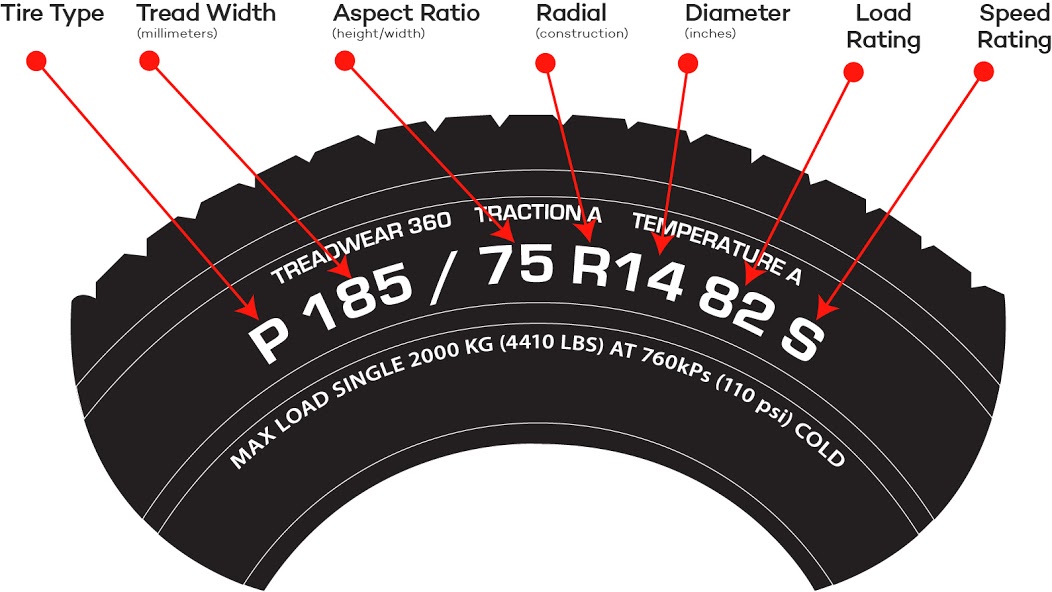< PROFITABILITY
KEY TAKEAWAYS
To see how you and your fleet can benefit from retread tires, it is important to understand exactly what retread tires are and how they differ from new tires.
Retread tires, also known as remolded or recapped tires, are remanufactured through a process where the worn tread is removed from an out-of-service tire casing and a new tread is affixed to help extend the life of the tire. The tire casing is the entire body of the tire that doesn’t include the tread and belt system. Nearly one-half of all replacement tires in the North American truck tire market are retreads, and for good reasons.
Learn more about why you should buy a retread tire.
The cost savings of purchasing retread tires can be explained by the process involved to produce them. Most of the manufacturing cost of a new tire is in the tire body or casing. The tread (the portion of the tire that meets the road) represents only a percentage of the new tire cost. This means that the cost of a retread tire is usually between 30 and 50 percent of the comparable new tire price.
The cost of the retread tire should not be the only consideration when calculating the cost of a retread program. By using retreaded tires, the commercial trucking industry saves over $3 billion each year. Retreading is an effective way to lower your fleet costs due to the following benefits.
Retreading lengthens the lifetime value of a tire and provides longer wear than new tires can offer. You can expect today’s new breed of Bandag retreads to perform equal to, if not better than, a quality new tire. A quality retread delivers mileage on par with many new tires. If a casing can be retreaded more than once it will deliver even longer wear.
A quality retread delivers mileage on par with many new tires. If a casing can be retreaded more than once it will deliver even longer wear.
Opting for retreads can save a fleet from the cost associated with buying net new tires every year for a large portion of their fleet. The cost of the retreads will also be less and ultimately the number of tires you purchase will be lower over the lifetime of your trucks.
The latest commercial retreads come with the same performance you expect from a new tire along with the same quality level of support from Bandag. When combined with a proactive tire management program, retreading allows you to maximize your initial investment by extending the service life of tires after the tread is worn.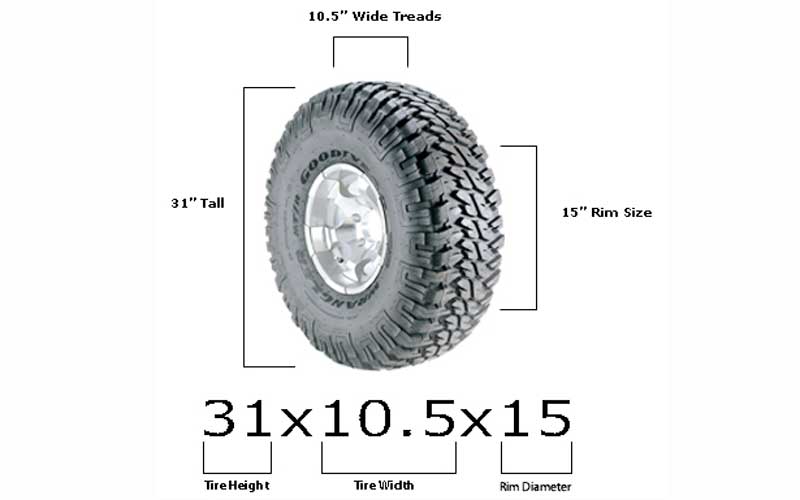
Retread tires can provide similar or better fuel efficiency than new tires. Bandag SmartWay® verified FuelTech retreads are among the lowest rolling resistance retreads available, providing some of the best fuel efficiency available from retreads. Retread a fuel-efficient casing with FuelTech and the benefits go even further.
Learn additional ways to lower your fleet cost.
Retread tire cost depends on the application and number of tires. Use our Savings Calculator to see just how much you could save using retread tires or, if you're ready to buy, find a Bandag dealer near you.
When it comes to the construction of your retread tires, Bandag brings quality retreads to the road. With almost double the market share of our nearest competitors, there’s no bigger name in retreads. More fleets come to use for leading products, expert advice and unrivaled service.
Bandag tires are backed by a Bridgestone Enhanced Casing Warranty. All quality tire casings include a limited warranty* that guarantees the retreadability of the casing. An exclusive limited warranty covers select Bridgestone-brand premium commercial tires and casings for 7 years and unlimited retreading when retreaded with the Bandag process. Having that piece of mind adds to the value of the tire.
Recipient Email Address
Press "Enter/Return" or "Space" key to validate your email. Only valid emails can be added. You can share with multiple people.
Subject
Message
Optional
Send a copy to sender's email address
Did you know 90% of large trucking fleets use semi truck retread tires in their operations? That’s because they’re both cost-efficient and environmentally friendly solutions to extend the life of semi truck tires.
While retread tires are nothing new, the process has been perfected over the last 100 years to produce high-quality tires that rival their new counterparts. So if you manage a fleet, be sure to learn more about retread tires to decide if they’re right for your business.
So if you manage a fleet, be sure to learn more about retread tires to decide if they’re right for your business.
As one of the industry leaders, TAFS assists trucking companies to increase cash flow with some of the lowest factoring rates in the industry and 1-Hour Advance option.
Retreading is an excellent way to give old tires new life. Through a remanufacturing process, tire casings are fitted with new treads, saving both money and material.
There are a few simple steps tire technicians take to retread semi tires:
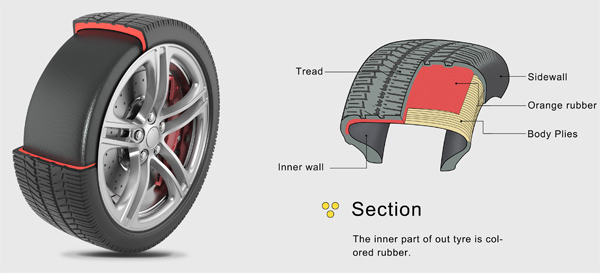
While it’s technically possible to retread automotive tires, it doesn’t make financial sense with new auto tires being reasonably inexpensive. However, this is far from the case for semi tires.
Besides being a cost-saving strategy for trucking fleets, retread tires extend the life of tires and are more eco-friendly than their new counterparts. Still, there are many questions to be answered about retread semi tires.
Semi truck tires need to be replaced approximately every three to six years.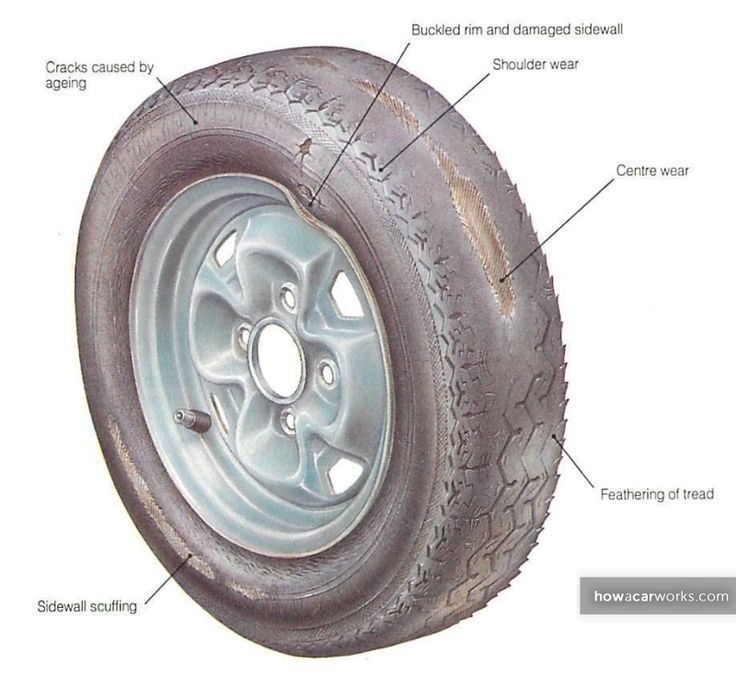 However, the mileage covered, types of terrain driven, and type of tires all impact the longevity of semi tires.
However, the mileage covered, types of terrain driven, and type of tires all impact the longevity of semi tires.
Yes, it’s possible to buy retread tires. While many trucking fleets choose to retread their old tires, plenty of tire retreaders are selling them.
As of 2018, the average cost of retreading a tire is around $165, not including the casing. With new semi truck tires costing about $500, you can retread your fleet’s old tires for roughly a third of the cost of buying new!
Typically, you can retread tires two or three times. Proper maintenance is key for preserving casings for multiple retreads.
Yes! Retreading semi tires is an excellent way for your trucking fleet to save money and be environmentally friendly simultaneously.
When looking to retread tires, there are a few factors you should consider to ensure your tires meet your company’s rigorous standards.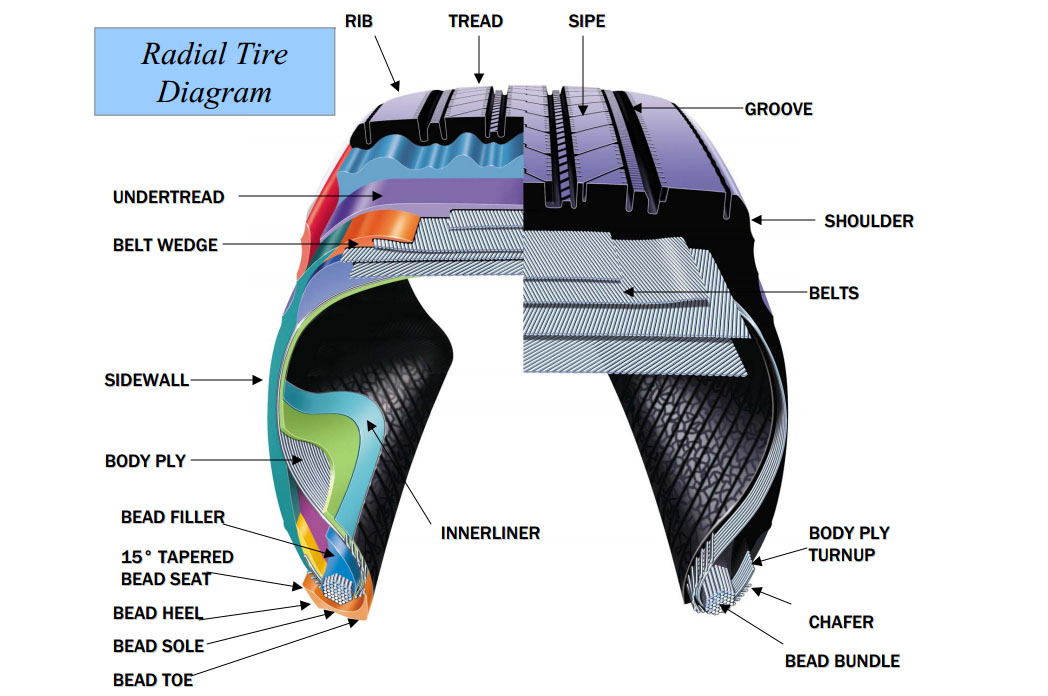
While retread tires are significantly less expensive than new tires, they can still be costly. And while you can extend the life of tires through retreading, eventually, you will need to replace them. So be sure to weigh both price and value when deciding to retread and choosing a retread center.
A tire casing is the main body of a tire and is the foundation that the tread sits on. Only casings that pass inspection can be retreaded, so you may buy a new casing even when you want to retread your tires.
Retread tires often get a bad rap, with many people considering them less reliable than new tires. Fortunately, that’s not the case, with retread tires being no more dangerous than new tires! However, choosing a certified, reputable retread tire company is essential for your safety and the safety of others on the road.
Proper maintenance and monitoring are vital both for safety and for extending the life of your tires. This is still the case with retread tires!
This is still the case with retread tires!
Be sure your retread tires are properly inflated to the manufacturer’s specifications, check tread depth weekly, and watch for signs of misalignment. Through proper retread tire maintenance, you can significantly improve driver safety.
Selecting the right semi truck retread tires is influenced by several factors specific to your fleet. Besides finding a reliable and educated professional to retread your tires, the retreader must understand your application needs based on cargo types, geographic location, amount of drive time, and driving styles.
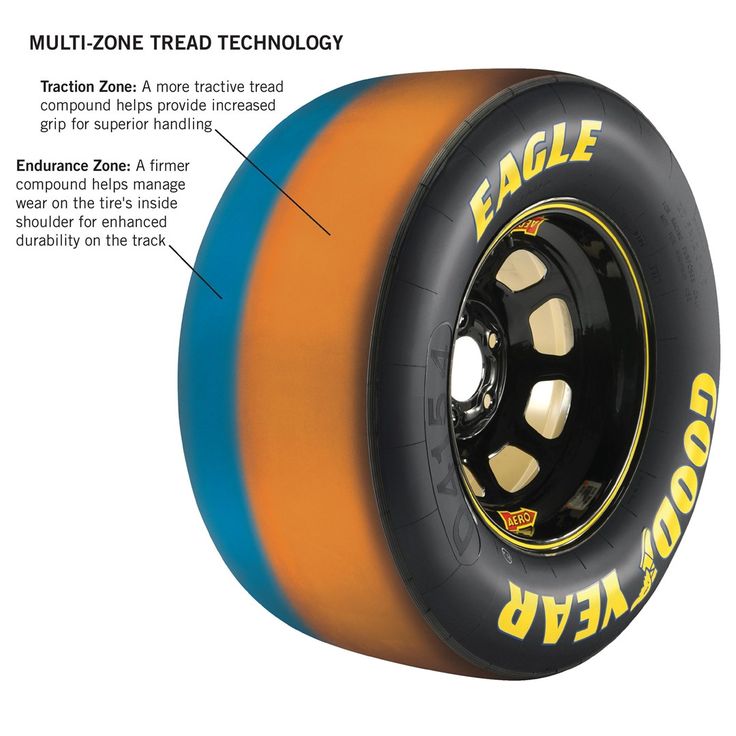
Trucking fleet managers have a lot to consider regarding their trucks. With every one of their decisions affecting truck driver’s daily life, it’s no wonder many are stumped choosing between new semi tires and retreads.
Brand-new tires are great. They’ve never been used before, so there is no risk of having quality issues leftover from a previous life. Many drivers also find new semi truck tires to have more cushion and higher performance. However, with new semi tires costing between $400-$600 each, the price can quickly add up.
However, with new semi tires costing between $400-$600 each, the price can quickly add up.
On the other side of the coin are semi truck retread tires. They can use the original tire casing, saving money and resources. They are also held to the same standard as new tires for quality. In contrast to the high price of new semi tires, retread semi tires are usually $150-$200!
If you’re looking to replace semi tires for your trucking fleet, consider retreads! Not only can you save money by extending the life of your tires, but you can reduce your company’s impact on the environment at the same time.
In one of the previous articles, we talked about how to properly dispose of car tires. This is indeed a very serious problem, because the number of discarded but not properly disposed of tires in Russia is measured in millions of tons. Another opportunity to reduce environmental damage is the retreading of used tires.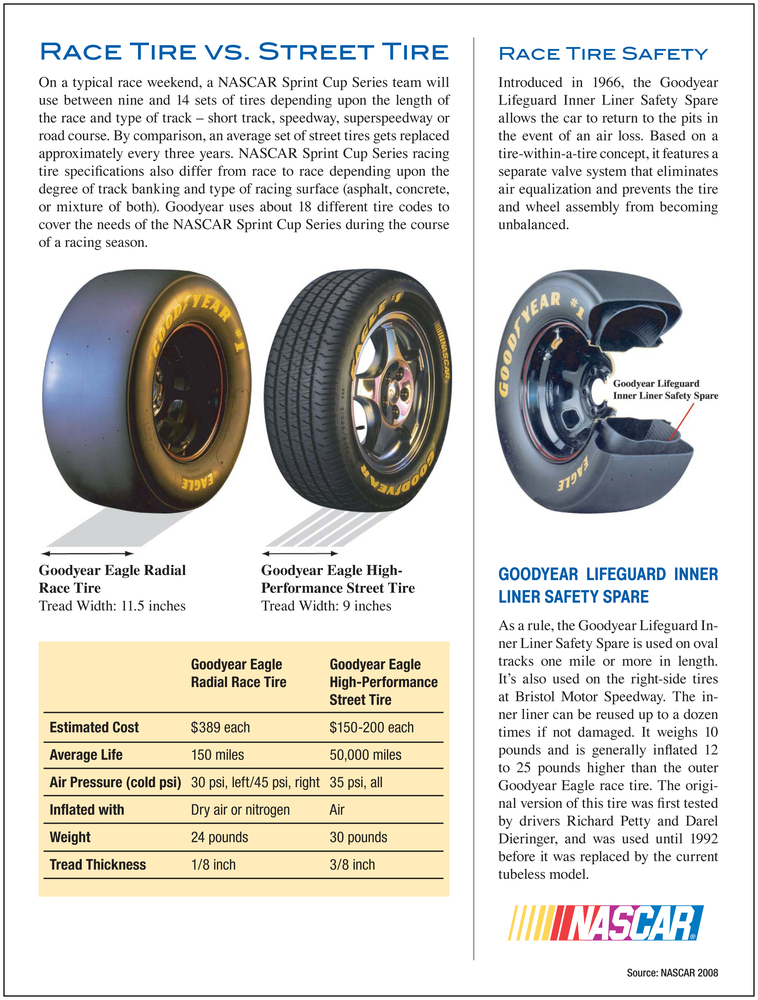
The idea of extending the life of car tires dates back to the last century. Always and at all times, zealous car owners wanted more resource from tires. The most widespread are two technologies - the replacement of the tread tape and the so-called recutting of the tread (regruving). Those who remember the times of the USSR are probably familiar with the latest technology - during the years of total shortage it was a popular way to extend the life of tires, including cars. Of course, this happened with varying success - for example, retreaded tires could explode while driving due to the destruction of the cord.
The second technology is the so-called welding, that is, the replacement of the tread tape with a new one, using a cold or hot method. Currently, this is the most popular method of tire retreading, which, however, has a number of limitations. Let's look at each technology in turn.
To begin with, the most important thing. Car tire carcasses are not designed to be reused, so they cannot be restored in any way! Everything that will be said about retreading applies only to "commercial" tires for trucks, construction equipment and buses. These tires have a strong all-metal carcass that can withstand much more than the tread, as well as a special design designed for two to three times recovery.
Car tire carcasses are not designed to be reused, so they cannot be restored in any way! Everything that will be said about retreading applies only to "commercial" tires for trucks, construction equipment and buses. These tires have a strong all-metal carcass that can withstand much more than the tread, as well as a special design designed for two to three times recovery.
First, let's talk about regrooving the tread, or, as it is also called, regrowing. This is a procedure for deepening the tread with a hand-held cutting tool. Of course, this can not be done with any tires, but only with those that have the Regroovable marking.
Image: Yokohama
In such cases, the design of the tire implies an additional layer of rubber at the base of the tread, which allows you to deepen the pattern by about 3 millimeters, thereby “winning” another 35-40 thousand mileage. The optimal moment for recovery is tread wear up to 3 mm.
Image: Michelin
This retreading method is considered to be the most inexpensive - spending only 3-5% of the cost of a new tire on regrooving, you can get another 20-30% of the original resource.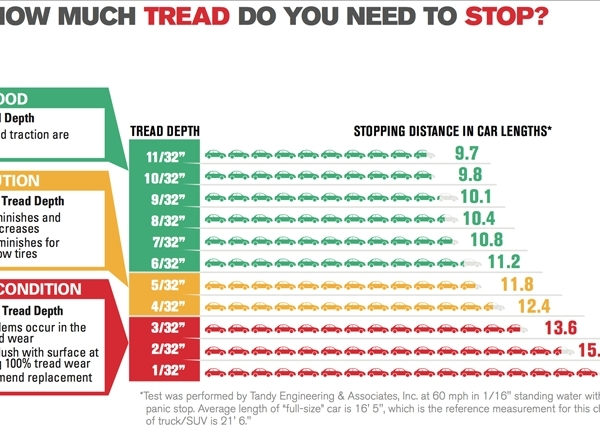
Regrowing also has disadvantages. The success of the operation depends entirely on the quality of the framework and the skill of the specialist performing the recutting. Some tire brands allow multiple regrooving for certain models, but after that, the tread must still be replaced. In addition, in a number of countries, the installation of "undercut" tires on the front axles of buses is prohibited at the legislative level.
Retreading, or changing the tread band, is the most common way to retread truck tires, allowing them to recover at least 50-60% of their original life. Retreaded tires are widely used in all world markets, for example, in Europe they account for more than half of total sales.
Given the high quality of the tire carcass, welding can be performed repeatedly, increasing the tire life up to 450-500 thousand kilometers. Hardfacing can be cold or hot. Let's analyze the differences between these technologies.
When retreading car tires in small factories, the cold method is most often used.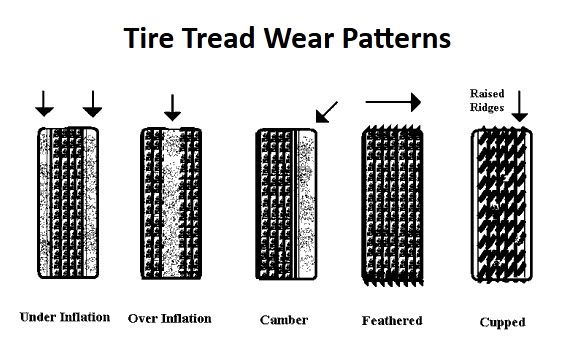
It looks like this. The worn tire is placed in a special machine, where the tread layer is removed from it with a cutter. The breaker layer is carefully inspected for defects, which are repaired using pneumatic tools. The next stage is extrusion, in which the breaker is covered with a layer of raw rubber covering all defects. After that - another layer of raw rubber.
Images: Nokian Tires
Next, the tread tape is applied to the tire. As a rule, all major tire manufacturers produce such tapes, for example, Nokian Tires calls such treads Noktop and E-Tread. An interesting feature of the Noktop tread is the two-layer structure. A softer top layer provides improved traction in winter. By spring, it wears off, revealing a more rigid tread, optimal for use at positive temperatures.
Image: Nokian Tires
The assembled tire is placed in a so-called envelope, from which the air is evacuated. Next, the tires are placed in an autoclave, where, at a pressure of about 4 atmospheres at a temperature of 110 degrees Celsius, the vulcanization process takes place.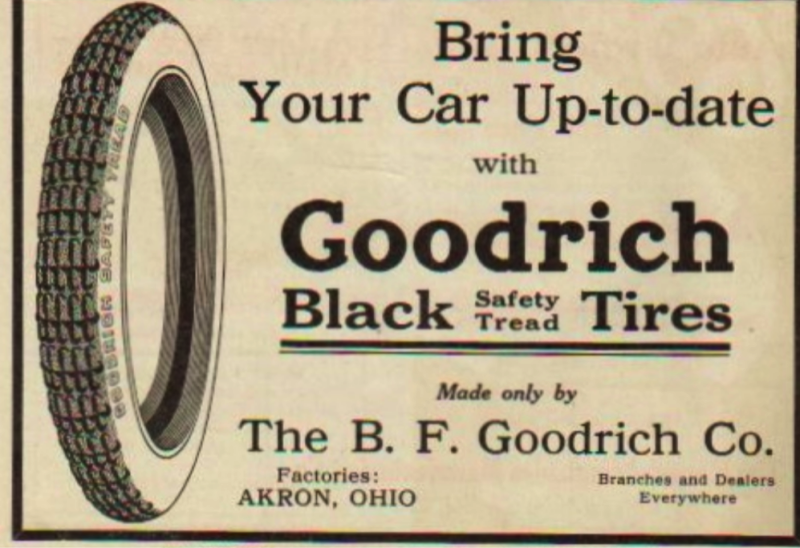 As a result, the tread is tightly connected to the tire carcass.
As a result, the tread is tightly connected to the tire carcass.
The second technology - hot vulcanization - is distinguished by the highest quality of recovery, but due to its high cost and energy consumption, it is used only in large-scale industries.
Image: GoodYear
Hot welding is performed at 180 degrees Celsius and its main difference from the cold process is that a large layer of raw rubber (including sidewalls) is applied to the prepared carcass and then vulcanized with a press -shape on the tire is formed tread pattern - just like when creating a new tire.
For example, GoodYear has this technology called TreadMax or Next Tread. Technology means not only the tape itself, but also special equipment complete with technological maps.
Hot retread tires are more expensive than cold retread tyres, but their quality and service life are higher.
Modern technologies really make it possible to provide high-quality and even repeated retreading of truck and commercial car tires.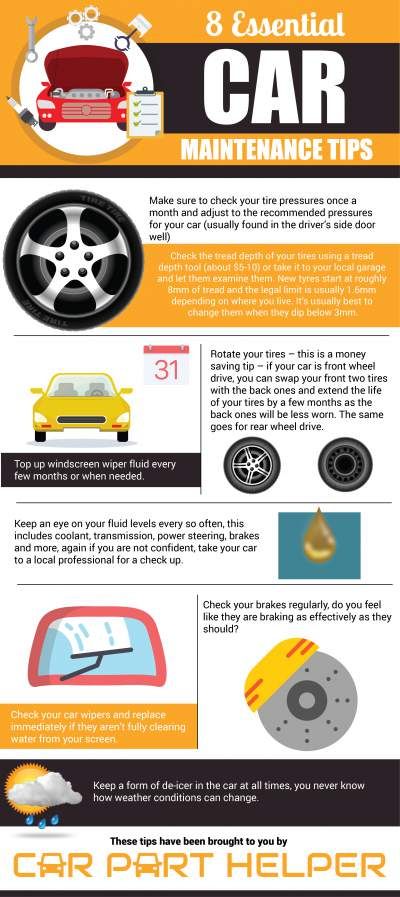 But restoration is different for restoration - an artisanal procedure, performed in violation of technology, can lead to the separation of the tread tape and the destruction of the tire carcass while driving.
But restoration is different for restoration - an artisanal procedure, performed in violation of technology, can lead to the separation of the tread tape and the destruction of the tire carcass while driving.
That's why, when choosing retreaded tires, contact only certified suppliers who work according to official factory technology and comply with all necessary quality standards. Buying “nameless” retread tires can be too expensive!
If you carefully read the traffic rules, you could not miss such a detail as the requirement to install tires of a certain retreading class on the front and rear axles of the vehicle. In most cases, car drivers are unfamiliar with the restoration procedure - after the rubber resource is exhausted, it is simply thrown away. But the owners of trucks can tell a lot about such a procedure as tire retreading. We will tell you how car tires are repaired, what methods are used, and for whom this service is suitable.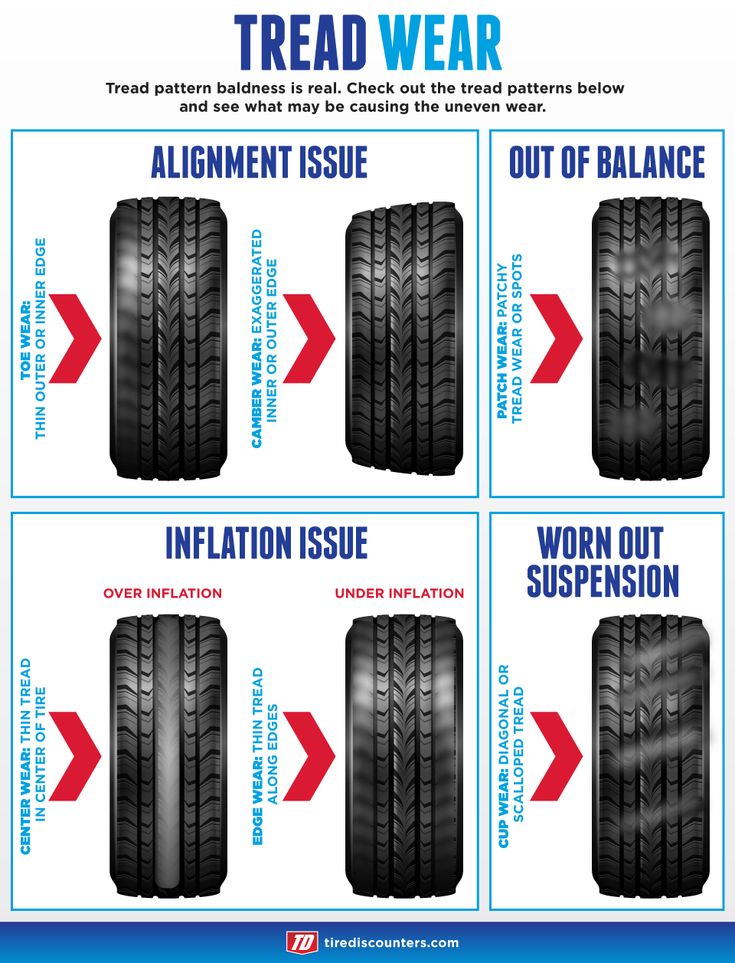
A worn protector can sometimes be replaced with a new one
Contents
It is known that a tire carcass is hidden inside the rubber layer, which is represented by many layers of metal cord and nylon (or other synthetic) fabric. It is extremely rarely subjected to heavy wear, since only the top layer of the tread is in contact with the road, which is erased with every kilometer of movement. Therefore, when the wheels are completely worn out, it is possible to retread the tires.
The essence of the operation is quite simple - the worn out tire tread is replaced with a new one, using various methods for this. The wheels become roadworthy again and provide an excellent level of safety even on slippery or wet roads. However, such tires are somewhat inferior to new ones - their service life is halved, and the characteristics that affect handling are often far from the reference ones.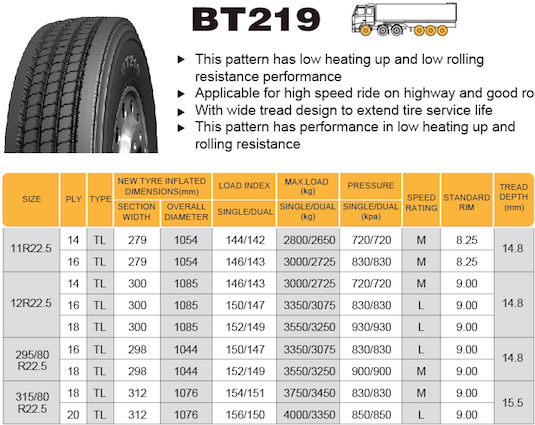
To understand where to go for tire retreading, you should first study the features of the services provided by various service companies. It is possible that this type of restoration cannot be applied to the wheels you are using, or it is associated with excessive risk. Consider ways to restore the tread.
This method for extending the life of automobile tires applies exclusively to truck tires. At the same time, not every truck tire can be regrooved - to make sure that your rubber is suitable for such restoration, it is worth looking for the inscription "Regroovable" on it. Representatives of large fleets prefer to order tires directly from the manufacturer or an importer associated with it, so as not to encounter a fake that can become unusable when cut.
The essence of the technique is very simple - Regroovable tires have a fairly large protective layer of rubber located under the tread. Its chemical composition is completely identical to the top layer, so the new protector does not differ in characteristics from the previously used one.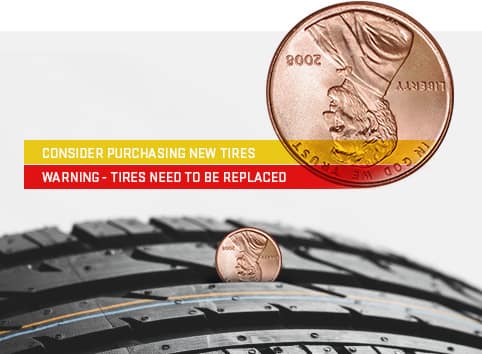 The specialist uses a thermal knife heated to a high temperature and connected to a high-frequency oscillation generator. When it cuts through the protective layer of the tire, the rubber is immediately soldered, which prevents its accelerated wear. It takes about an hour to retread one truck tire by cutting, after which it must cool down for the same amount of time before being installed on a vehicle.
The specialist uses a thermal knife heated to a high temperature and connected to a high-frequency oscillation generator. When it cuts through the protective layer of the tire, the rubber is immediately soldered, which prevents its accelerated wear. It takes about an hour to retread one truck tire by cutting, after which it must cool down for the same amount of time before being installed on a vehicle.
Even if there is no additional layer intended for cutting the tread, you can build up the tread, or, as they said earlier, “weld on”. First, the tire is treated with an abrasive tool, producing the so-called roughening. Only 1.5 millimeters of rubber remains on the wheel over the cord - the minimum safe layer. After that, all the damage received by the tire during operation becomes visible - the consequences of impacts, cuts and other negative external influences. They are treated with "plasters" of raw rubber, after which the wheel is sent for vulcanization.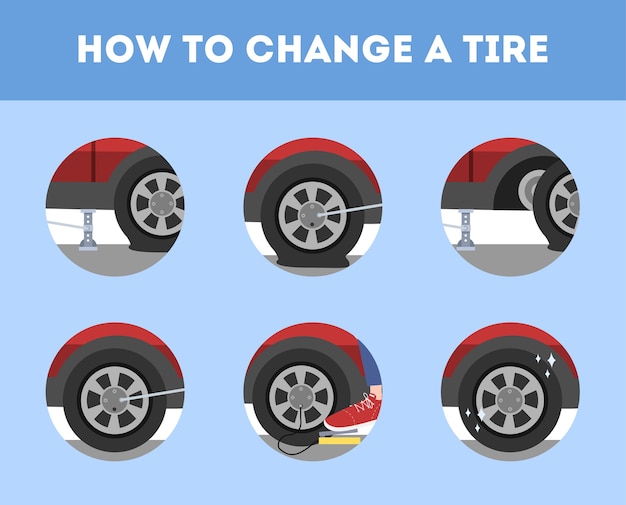
The pre-finished wheel is subjected to quality control, after which a tie coat and a new pre-treaded rubber are applied to it. Now hot recovery begins - vulcanization at a temperature reaching 160-175 degrees. The procedure is quick and efficient - the tire becomes very strong and durable. However, there are a number of disadvantages of hot recovery:
The disadvantages of the hot process have led many companies to find a way to reduce the temperature at which vulcanization is performed. Restoration is carried out in a similar way - during roughening, defects are detected, which are eliminated by gluing with raw rubber, and after preliminary vulcanization, a new tread is welded on top of the minimum layer.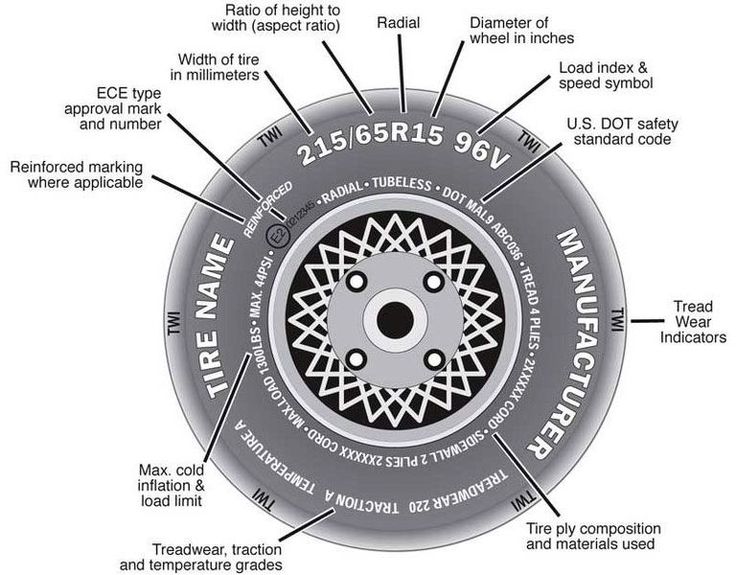 In this case, a composition is used that the developers keep secret - it is a special material that allows for restoration at relatively low temperatures.
In this case, a composition is used that the developers keep secret - it is a special material that allows for restoration at relatively low temperatures.
Cold repair works well on previously retreaded wheels - it's considered gentle because of the 100-degree temperature that doesn't change the physical properties of the rubber. In addition, the cord retains maximum strength and elasticity, which allows you to maintain ideal parameters that affect handling and safety. However, not all tires may be suitable for cold vulcanization retreading - this should be kept in mind when going to a specialized workshop.
It should be understood that the listed recovery methods were originally developed for freight transport. If we talk about cutting the tread in an additional layer of rubber, then this option is not available for cars - this is due to the small size of the wheels and high requirements for the comfort of the chassis.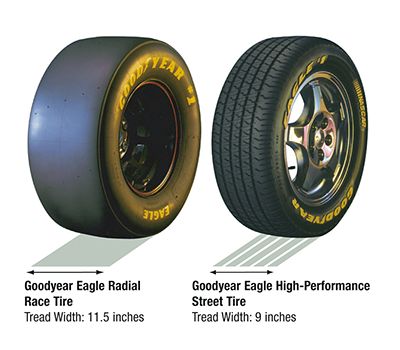 Consequently, car owners can only use vulcanization - cold and hot.
Consequently, car owners can only use vulcanization - cold and hot.
However, there are limitations in this case as well. Immediately it is necessary to exclude the restoration of tires with low cord strength - that is, budget models of Russian, Chinese, Turkish and Korean manufacturers. In addition, you should not restore the tires of high-speed models, since the behavior of a powerful car with such rubber will be simply unpredictable. Only a few categories of middle-class tires remain - and even after restoration they pass only 20-40% of the original resource. We can conclude that the restoration of passenger tires practically does not make sense.
Many drivers fear that after installing such rubber on the car, they will endanger their lives, because the tire can explode at any time, which will lead to a serious accident. It is unfair to say so - statistics show that when restored by vulcanization, the rejection rate reaches only 0.06%. In addition, even in this case, the wheel explosion does not occur, since the inside of the tire does not come into contact with the asphalt surface.